Renault Sport Formula One Team knows it takes constant innovation and attention to detail to cross the finish line first. That’s why the team adopted the Microsoft Office 365 E5 suite for everything from email to analytics and data protection. The team uses Power BI to gain insights and streamline its manufacturing processes. And with Office 365, team members securely share information and collaborate on the best adjustments to make between races, resulting in optimal performance for the full team—on and off the track.
Moving at top speed
The canary-yellow car speeds around the track at up to 230 miles per hour, thick tires straining to hold onto the surface. It crosses the finish line in a blur of glory. The driver’s face and name get most of the public’s admiration, and for good reason—after all, the driver is the one with the skill and bravery to take the car to its limit. But behind that driver stands a team of people, both at the racetrack and in labs far away, all of whom worked seamlessly together over the course of weeks and months to give that driver the best chance to compete in one of the most high-technology sports in the world.
Those engineers and technicians play vital roles on Renault Sport Formula One Team. “To do their jobs successfully, they need data, and lots of it,” says Cyril Abiteboul, Managing Director for Renault Sport Formula One Team. “It’s where our intellectual property sits. Any improvement we can make to the car to shave a thousandth of a second or enhance its reliability can determine the outcome of a season, so making smart use of our data and doing all we can to protect it is essential.”
Collecting and analyzing that data is no longer a clunky, time-consuming prospect that takes place in isolation. With an end-to-end approach to teamwork, Renault Sport Formula One Team chose the Microsoft Office 365 E5 suite to augment its capabilities. “We started with a foundational implementation of Office 365, using Microsoft Exchange Online for email and calendaring and SharePoint Online for document sharing,” says Mark Everest, IS Development Manager at Renault Sport Formula One Team. “Now we’re taking advantage of the intelligence platform and more advanced features, such as those related to security and analytics.”
Gaining insights faster
Renault Sport Formula One Team had every reason to move quickly to embrace Office 365 E5 advanced functionality. To accommodate changes in racing regulations, the team builds a new car every year, which is a multimillion-dollar undertaking. And after the start of the season, the team’s engineering departments strive to deploy upgrades on a race-by-race basis to both adjust to the characteristics of each racetrack and to respond to the grueling innovation battle all the teams are locked in. “In the factory, as we engineer and build cars and their replacement parts, we use about 15,000 drawings and more than 4,000 components,” says Everest. “As you can imagine, research and development is a primary focus for us, and we need to track many moving parts over the course of the racing season. Our manufacturing department uses Microsoft Dynamics 365 for Operations and Power BI to handle work orders and get a clear picture of manufacturing status.”
The team used to manage its car-building process with enormous, cumbersome spreadsheets. It moved all its data into Power BI to improve tracking, analysis, and visualization of that data. “With Power BI, we have nice-looking dashboards that people can view to quickly understand the information. Team members can dive into the data and present it in ways that are meaningful, and it’s always up to date, which wasn’t the case with the spreadsheets,” says Everest. “We also enabled Q&A functionality so that analysts, engineers, and others can get whatever data they want through direct queries. They don’t have to ask the IS department to generate a new report. That saves an enormous amount of time for us, and our team members get the information they need more quickly.”
Each weekend throughout the racing season, the team’s cars generate approximately 35 billion data points. Each car has more than 200 sensors, which send back a constant stream of time-series data to servers in the Renault Sport Formula One Team pits. “We collect information on everything that’s happening with the car, like suspension readings, tire pressure, and temperature, so we can create a real-time view for our engineers, who then make midrace adjustments,” says Everest. “We also use the information back in our headquarters between races to run simulations as we prepare for the next event.”
Adds Julian Reed, Head of Central Planning for Renault Sport Formula One Team, “For each race, thousands of work orders can be scheduled with parts required before the cars arrive at the track. We harness Power BI for real-time insights across those work orders. We visualize and analyze capacity issues quickly by drilling into our Power BI dashboards, helping us ensure that we’re prepared in the days, weeks, and months ahead.”
The team maximizes its use of data by sending race-day information to the cloud and running it through Microsoft Azure Machine Learning to gain a better understanding of certain facets of its cars as it conducts a range of experiments to improve performance. “For example, when it comes to tire degradation, we’re moving our use of Azure Machine Learning beyond the proof-of-concept stage,” says Everest. “We’ll take telemetry data from our simulator and push it up to the cloud, run it through Azure Machine Learning to work out tire degradation figures, and feed that back into the simulator. This gives our drivers the chance to experiment with real data to help them understand how to keep their tires intact. Improving our simulator’s training value ultimately will improve the performance of our team.”
Protecting trade secrets
It’s evident that a lot of communication and collaboration go into building and fine-tuning Renault Sport Formula One Team cars. That degree of teamwork can be difficult because the team operates in two main locations—Enstone, United Kingdom, and Viry-Châtillon, France—in addition to race sites. And keeping its work confidential is critical. The research and development that the team invests in produces innovations that extend throughout the automotive and aerospace industries, which means that trade secrets can result in big business beyond winning races. “Data protection is a key component in racing, as innovations make their way into downstream products,” says Everest. “That’s why we provide secure methods for team members to work together, even when they’re not in the same country.”
The team maintains tight controls over the data that team members share by using SharePoint Online and OneDrive for Business. “When anyone enters an email address that isn’t on our ‘white list,’ that address is blocked, which prevents accidental sharing of proprietary information,” says Everest. “It’s really straightforward to set up those controls through the Office 365 admin center.”
The team appreciates that it has moved from having to send email attachments to sharing centrally stored files, but when employees do send and receive attachments, the team safeguards its data and its network. “We now use Advanced Threat Protection to check all email attachments and make sure there’s no malicious code attached. We value that traceability, especially when diagnosing issues,” says Everest. “We also rely on Advanced Security Management to flag unusual activity based on the rules we create. So if an employee downloads more than 10 files in five minutes, that activity is flagged, and the account is suspended until we can look into it. With so many employees traveling to exotic race locations with increased security risks, it’s helpful to know that we can put a stop to suspicious activity before much damage can be done.”
The next lap
To continue to make the most of the technology that supports the team’s drive for efficiency, Renault Sport Formula One Team has begun to evaluate Office 365 telephony capabilities. For example, the team has launched a Skype for Business Cloud PBX and PSTN Calling proof-of-concept study (POC) in the United Kingdom. “Efficient and instant communication between the factory and the track is a huge focus for us,” says Everest. “Our POC involves creating new phone numbers quickly, choosing the geographic location of those phone numbers, and assigning them to specific employees. Whenever those numbers are called, the assigned employees will receive the calls wherever they have signed in to Skype for Business Online—on their smartphones, Microsoft Surface devices, or PCs at work. We foresee a big savings on telephony charges and a particular benefit for our travelling staff, such as French employees who could be assigned a local phone number when they travel to the United Kingdom.”
The team sees the Office 365 E5 suite as integral to supporting closer teamwork and solving ongoing challenges. “Ultimately, teamwork proves itself on the track, so as an organisation we are constantly fine-tuning the way that we work,” says Abiteboul. “Data is the lifeblood of Formula One. What we gain through Office 365 extends way beyond the features themselves—we get data security we can trust, easy ways to collaborate from anywhere, and faster insights from our data to help us succeed both on and off the track.”
Want to discuss your Microsoft requirements?
As Microsoft Gold Partners, Complete IT Systems can offer you expert advice on the solutions and how they could be effectively deployed in your business.
To find out more please call us on 01274 396 213 or use our contact form and we’ll arrange a good time to call you back.



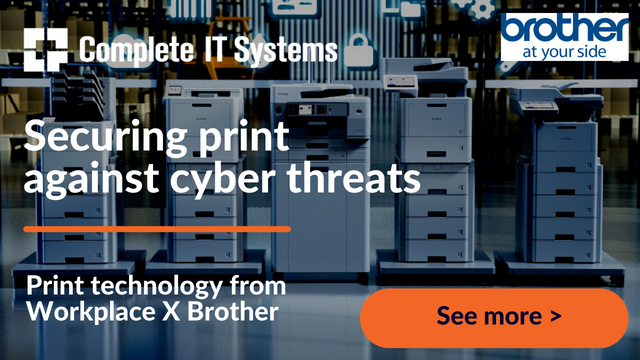

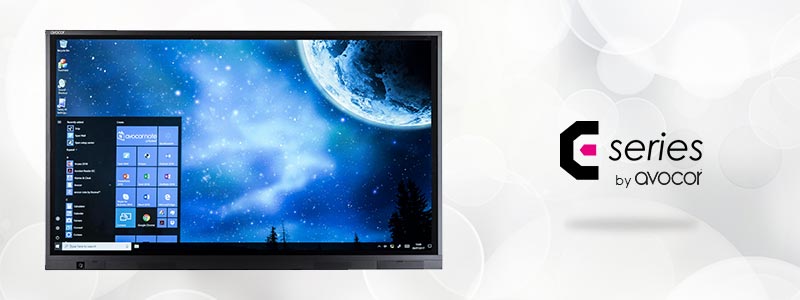
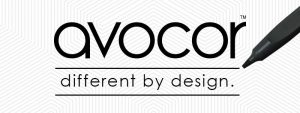

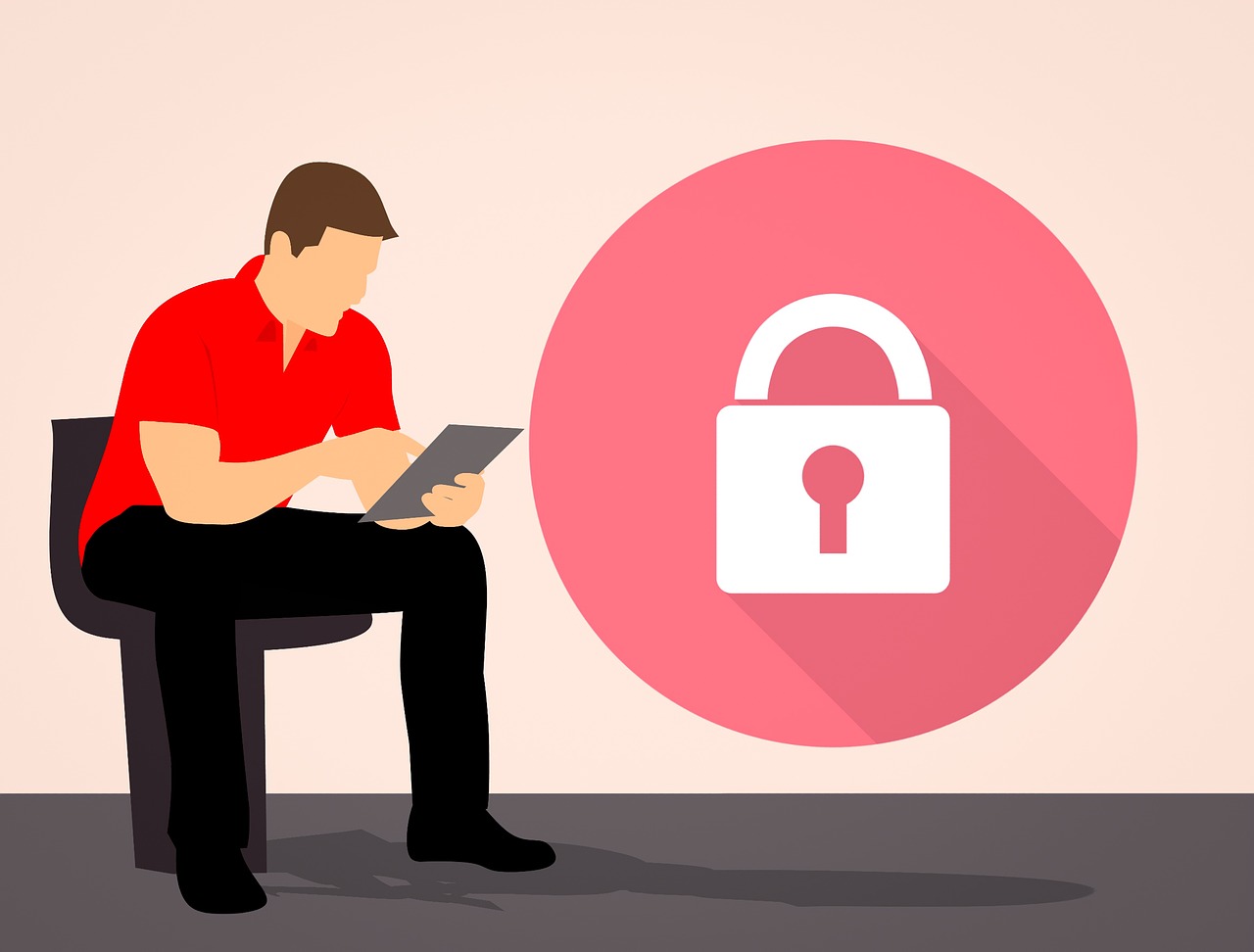



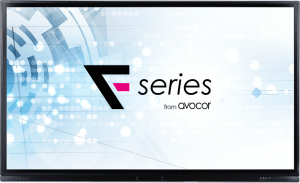
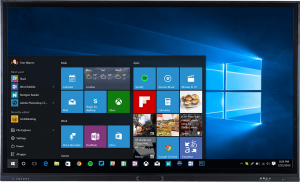






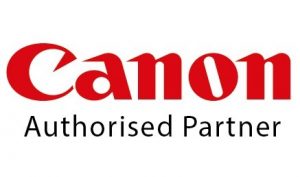 Give us a call today on 01274 396 213 or email
Give us a call today on 01274 396 213 or email